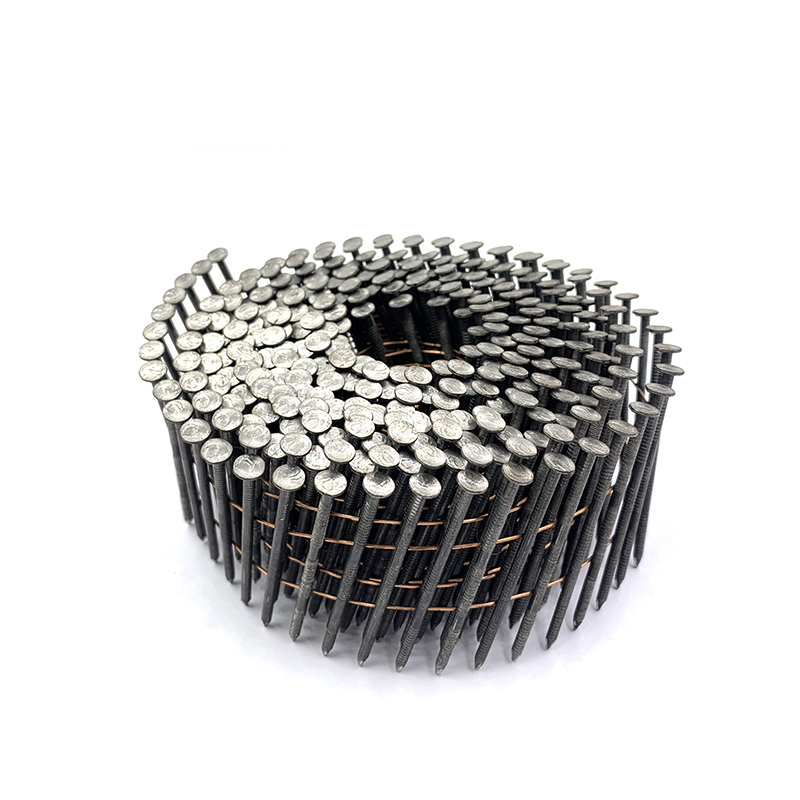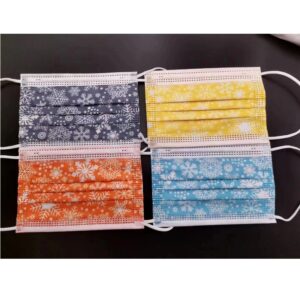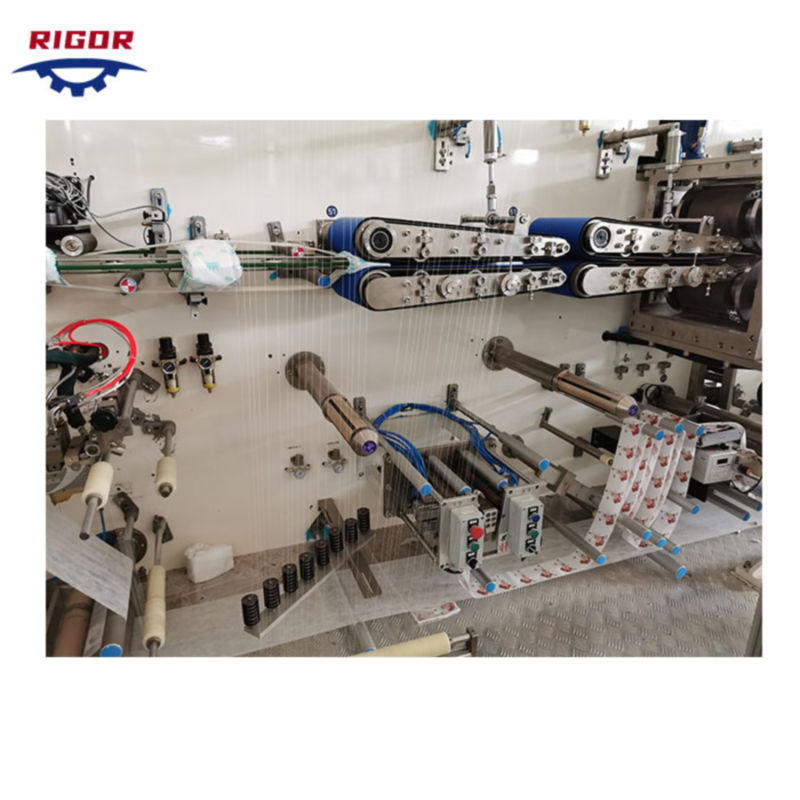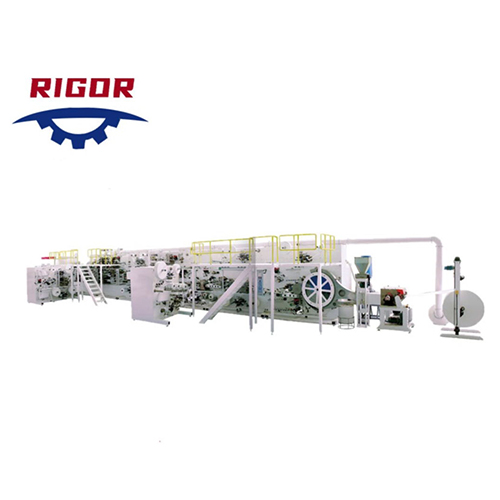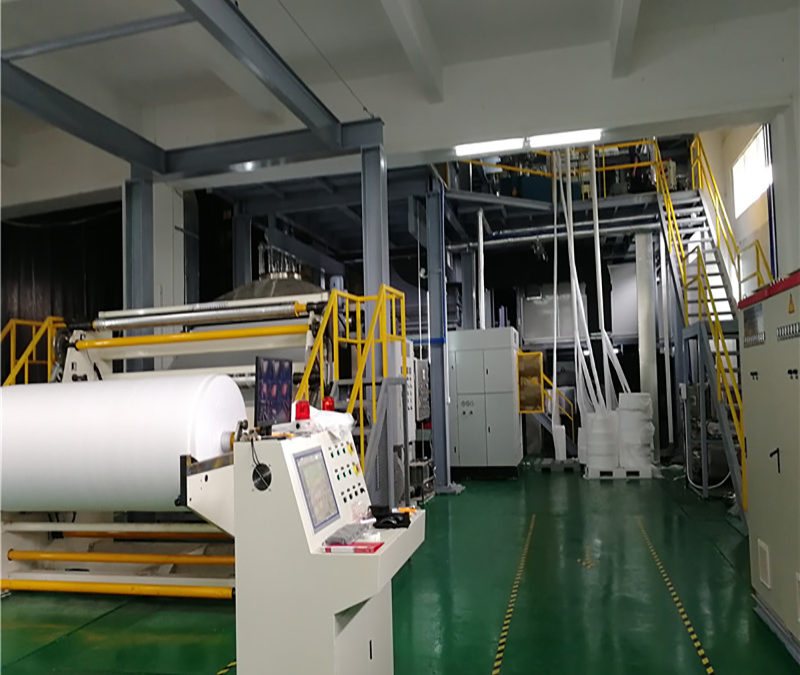is an organic solvent with the chemical name 2-methoxyethanol. It has the molecular formula C3H8O2 and contains a glycol molecule (glycol is a compound with two hydroxyl (-OH) functional groups) combined with a methoxy (-OCH3) functional group in its structure.
Cellosolve is a clear, colorless liquid with low volatility and a sweet odor. It mixes easily at room temperature and can be used for a variety of purposes, including:
China Cellosolve manufacturers
Solvent: Cellosolve is an organic solvent commonly used in the manufacture and mixing of paints, coatings, inks, varnishes, resins, glues, etc. to aid in the dispersion, dilution and coating of these substances.
Intermediates in Chemical Reactions: As a solvent with oxygenated functional groups, Cellosolve can be used in organic synthesis reactions, especially for the production of compounds such as esters, ethers, amides, etc.
Printing and Inks: It is used as a diluent and mixing agent in printing inks.
Detergents: Cellosolve is used as a detergent and degreasing agent in industrial and household cleaners.
Chemical Processing: It is also used in a number of chemical processes such as metal corrosion protection and surface treatment.
It is important to note that while Cellosolve has many applications, it should be used with caution as it may pose some risk to human health. Its volatility can lead to elevated concentrations of vapors in the air, which may cause respiratory irritation and other health problems. Therefore, proper safety measures should be followed when using Cellosolve, such as a well-ventilated work environment and wearing appropriate personal protective equipment.
